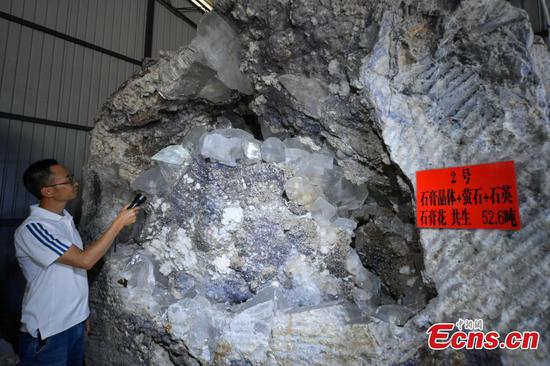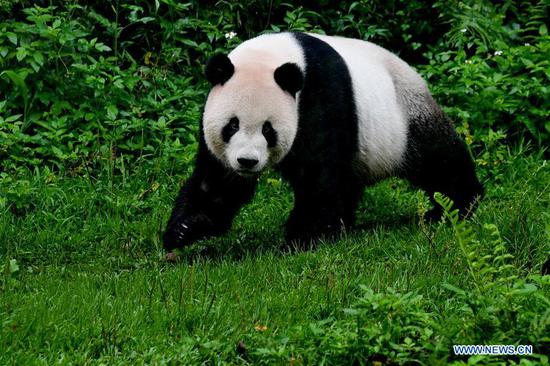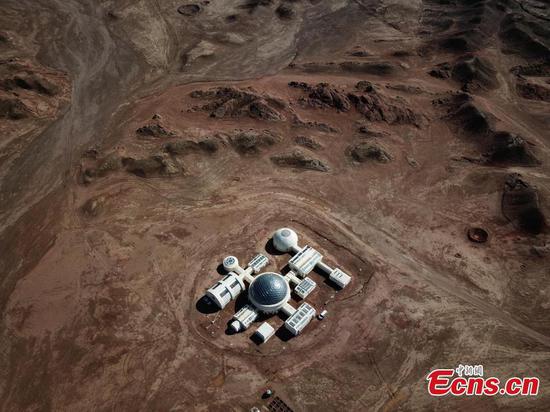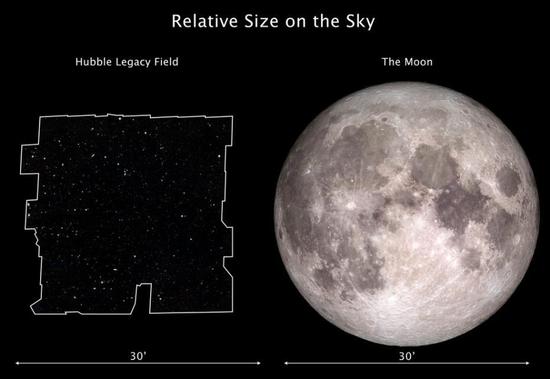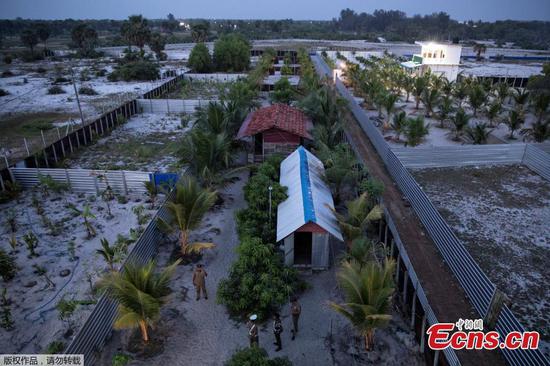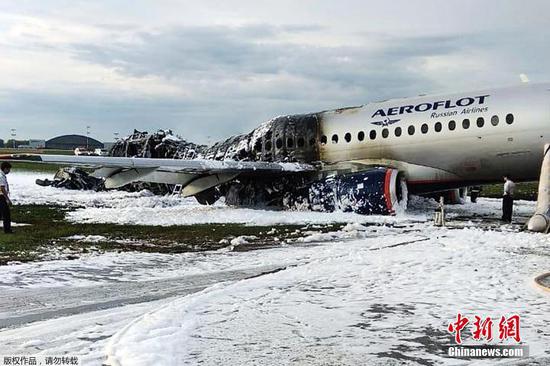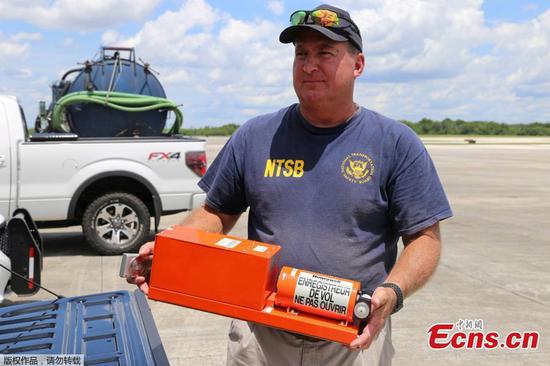Impact on land, sea, water and air
Large-scale exploitation of natural resources for energy generation, farming and livelihood have altered 75 percent of the land surface.
In order to feed the world, more than a third of the planet's land surface and nearly 75 percent of freshwater resources are now devoted to crop or livestock production, the report said.
More than 32 million hectares of primary or recovering forest was wiped out between 2010 and 2015. Wetlands have suffered the maximum damage with 85 percent of its areas lost.
Marine creatures are facing double trouble with 33 percent of marine fish stocks being harvested at unsustainable levels in 2015 and uncontrolled plastic pollution. Since 1980, plastic pollution has increased tenfold.
Toxic sludge and effluents from industrial facilities are dumped annually into the world's waters, and fertilizers entering coastal ecosystems have produced more than 400 ocean "dead zones," totaling more than 245,000 square km – a combined area greater than that of the United Kingdom, the report said.
For the first time, authors ranked five major drivers causing catastrophic change on the planet. According to researchers, changes in land and sea use, exploitation of organisms, climate change, pollution and invasive species are leading factors behind loss of biodiversity.











